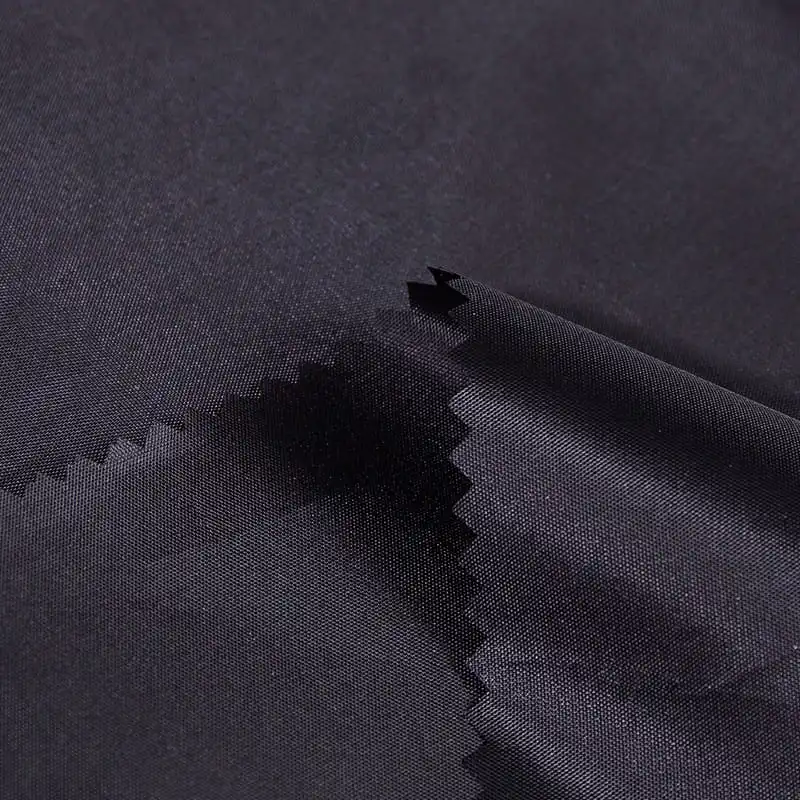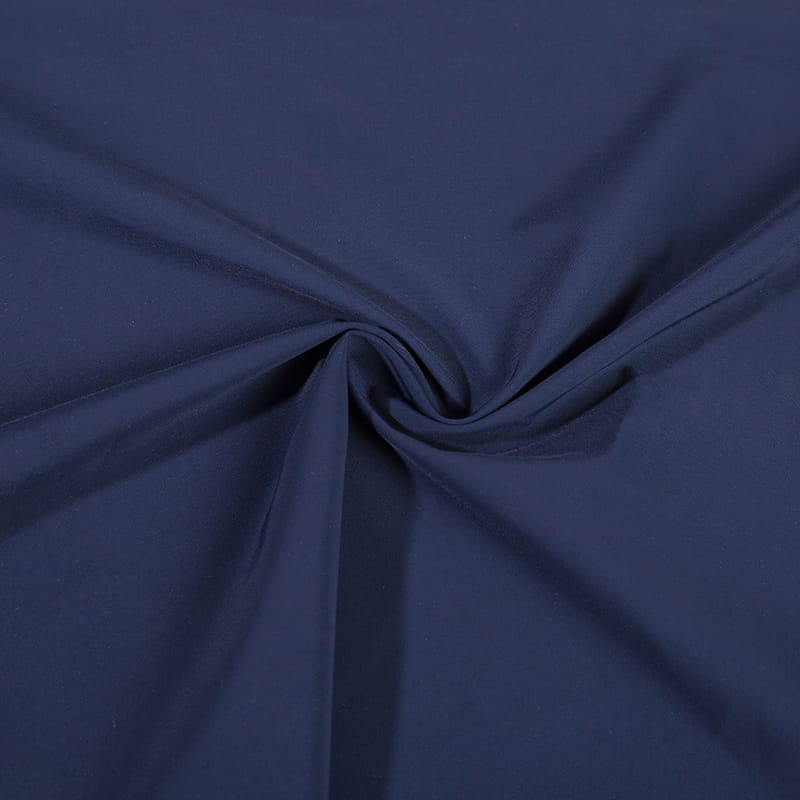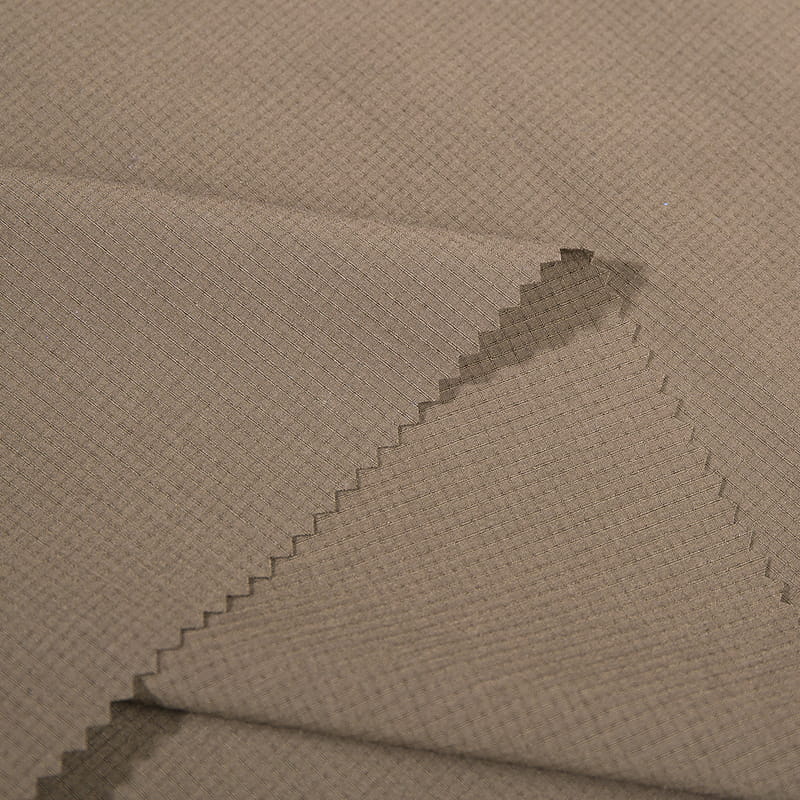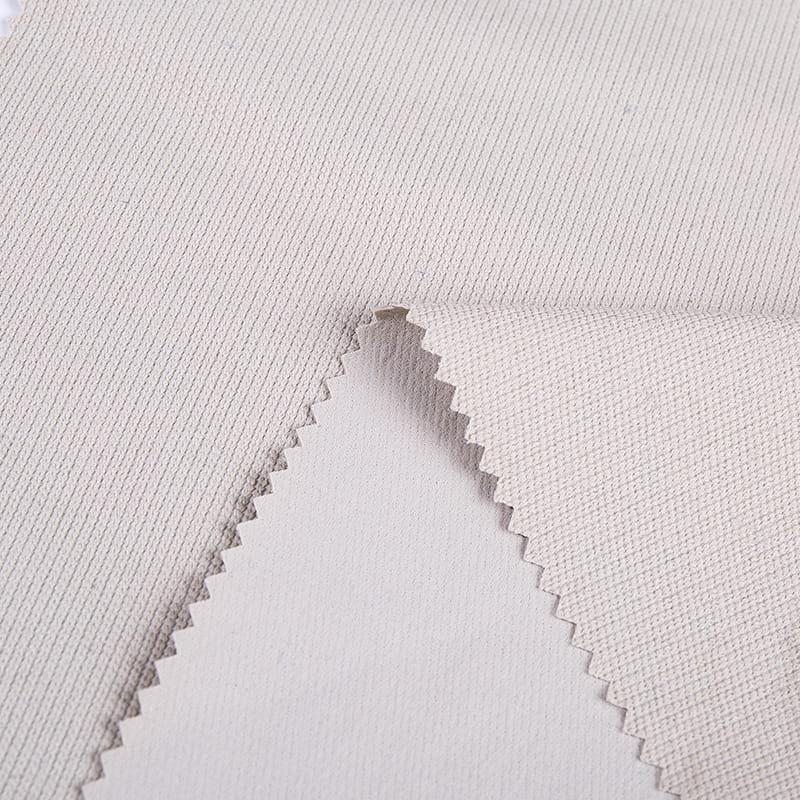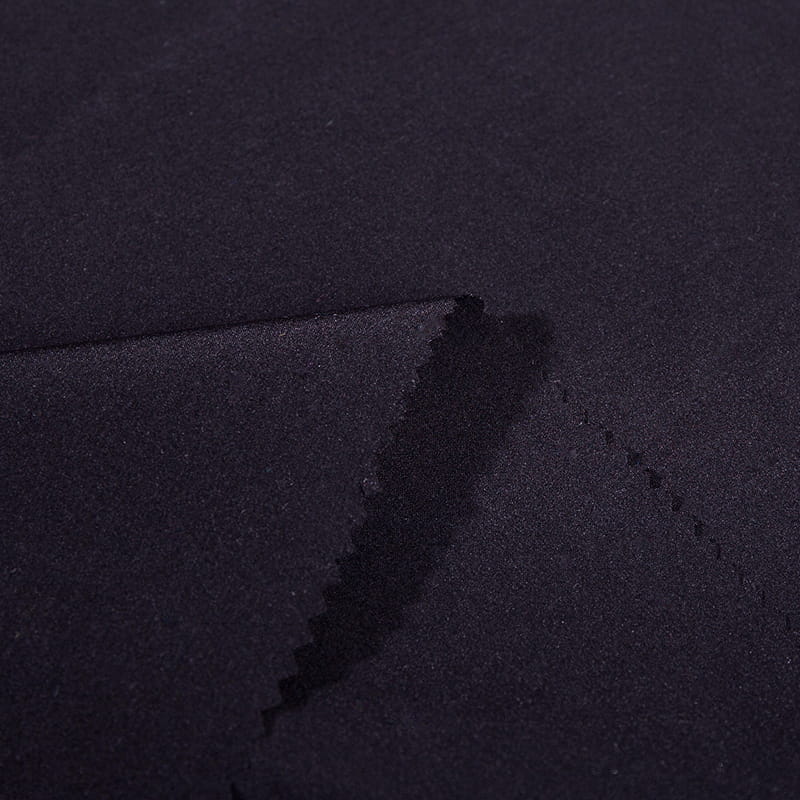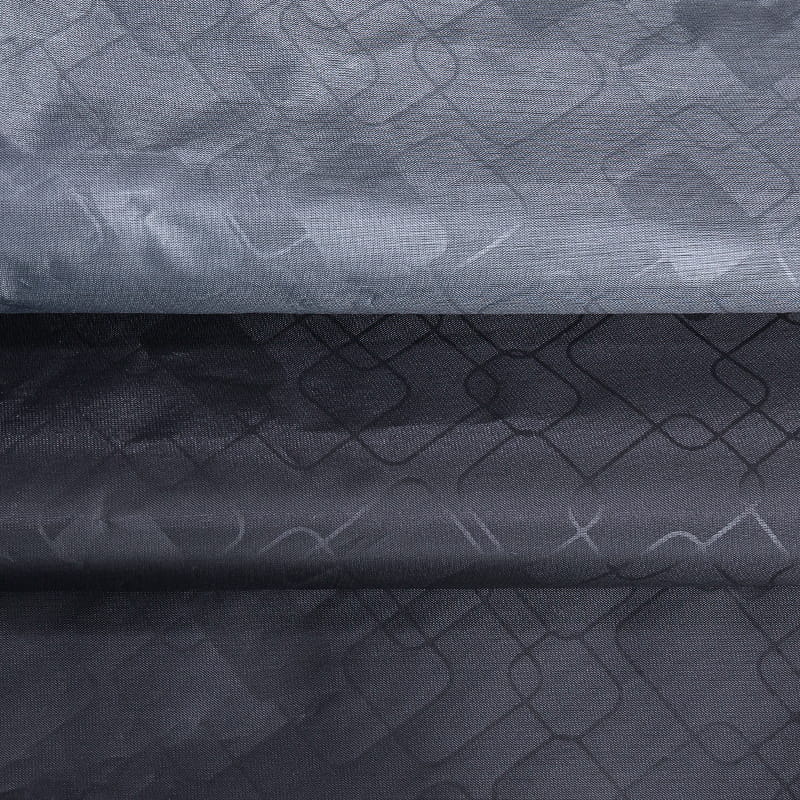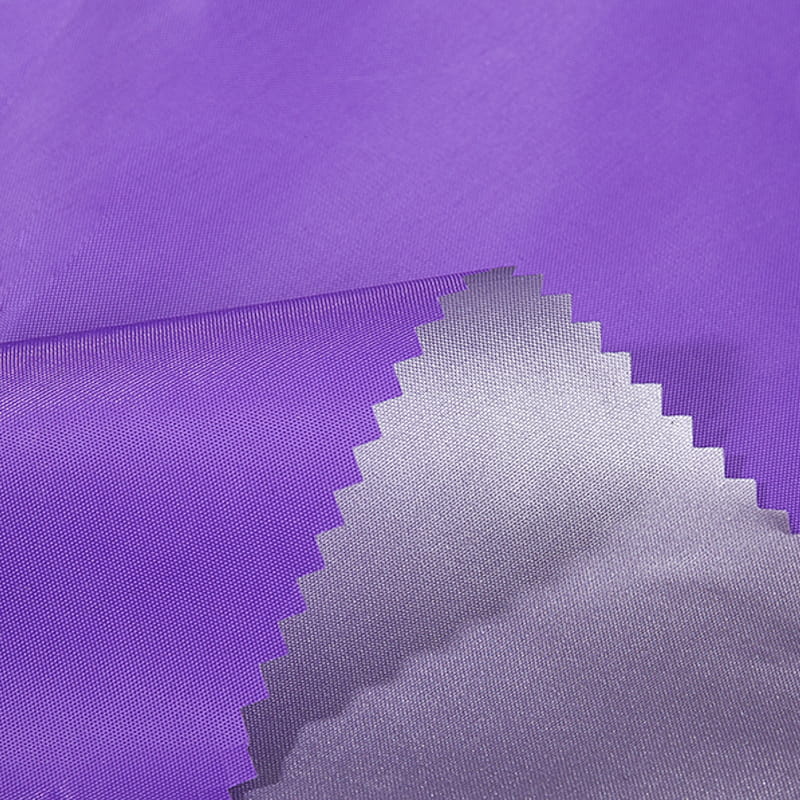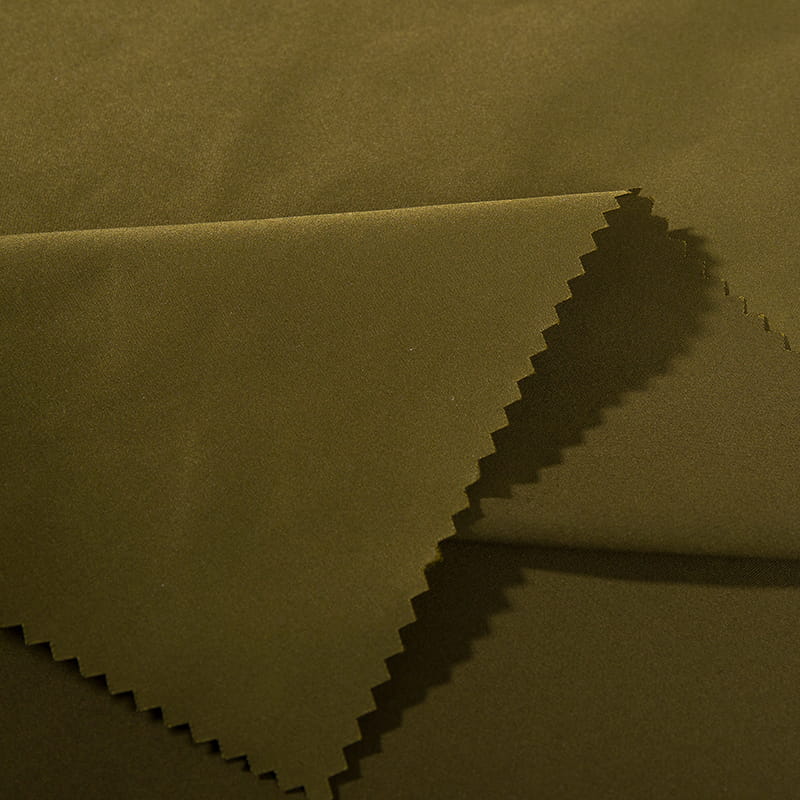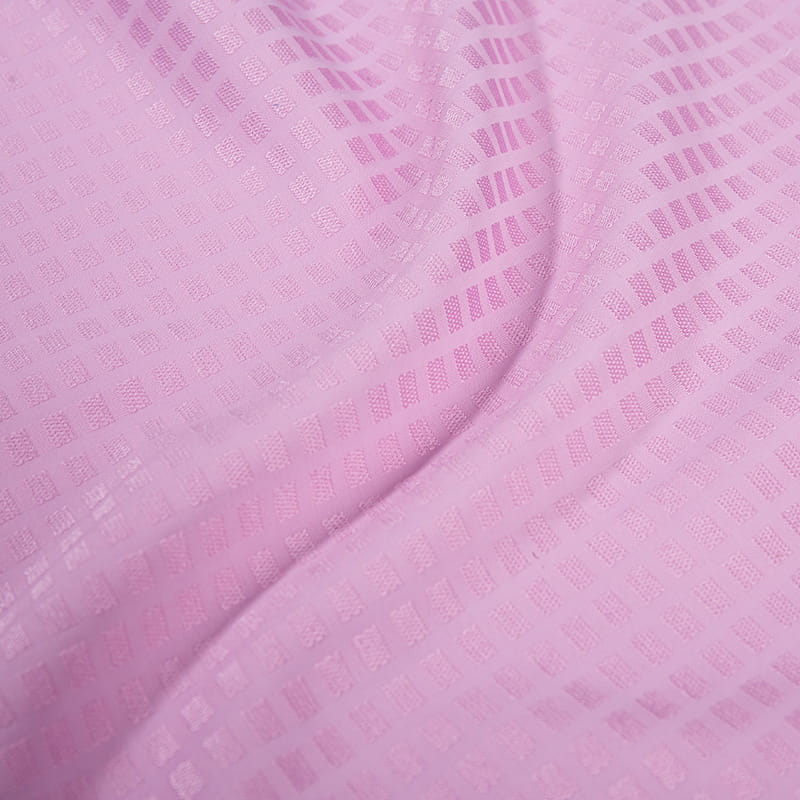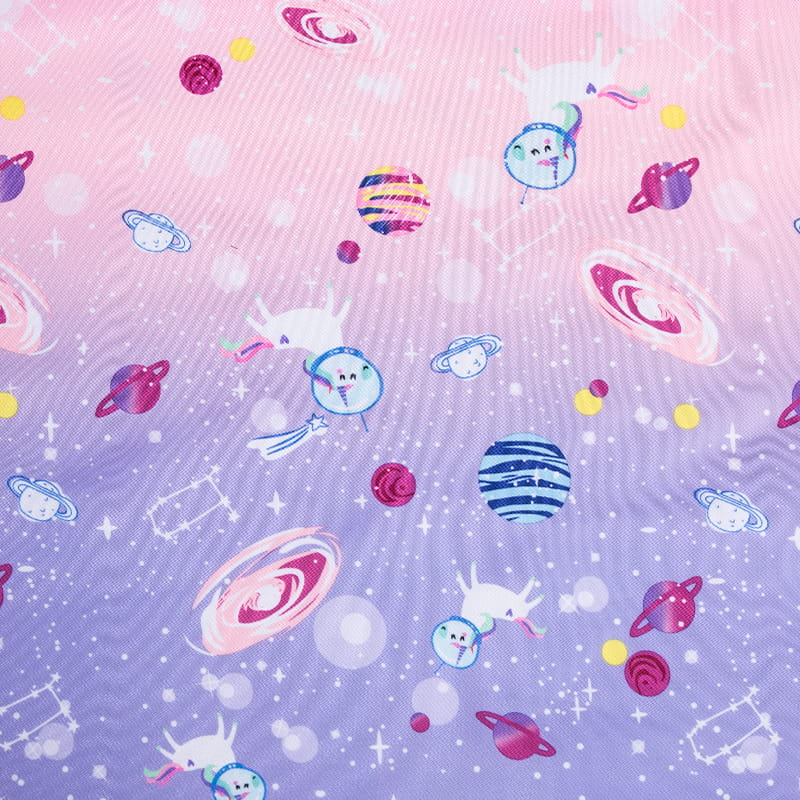Understanding PVC Coating Polyester Taffeta: A Comprehensive Guide
2025-08-25
What is PVC Coating Polyester Taffeta?
PVC Coating Polyester Taffeta is a highly engineered fabric that serves as a fundamental material across numerous industries. At its core, it is a plain woven textile made from polyester filaments, which is then coated with a layer of Polyvinyl Chloride (PVC). This combination results in a material that inherits the inherent strength and durability of polyester while gaining exceptional waterproofing, resilience, and chemical resistance from the PVC layer. The base polyester taffeta fabric is known for its smooth, crisp hand feel and fine weave, providing an excellent substrate for the coating. The PVC coating is applied in a liquid form and then cured, creating a continuous, impermeable film over the fabric. This process transforms the material into a robust, versatile laminate that is designed to withstand harsh environmental conditions, making it an indispensable component in applications where protection from the elements is paramount.
The manufacturing process is precise, involving steps like scouring the base fabric to ensure cleanliness, applying the PVC paste evenly, and then heating the material to fuse the coating securely onto the polyester fibers. The thickness of the coating can be varied depending on the desired end-use, affecting properties like flexibility, weight, and overall protection. The result is a fabric that is not only functional but also can be produced in a wide array of colors and finishes, including matte, glossy, and laminated effects. Its ability to be welded using high-frequency welding machines allows for the creation of strong, sealed seams, which is critical for items like inflatables and protective tarpaulins. Understanding this basic construction is key to appreciating its wide range of applications and superior performance compared to many other coated fabrics.
Key Properties and Advantages of the Material
The widespread adoption of PVC Coating Polyester Taffeta is directly attributable to its impressive portfolio of properties. These characteristics make it a superior choice for demanding applications where other materials might fail. One of its most lauded attributes is its complete waterproofness. The PVC coating creates a non-porous barrier that prevents any water penetration, ensuring that anything underneath remains dry and protected. This is complemented by high tensile and tear strength, meaning the fabric can resist puncturing, ripping, and general abrasion even under significant stress or when stretched over a frame. Furthermore, it exhibits excellent resistance to a variety of chemicals, including acids, alkalis, and oils, which prevents degradation and extends its lifespan in industrial settings.
Another significant advantage is its durability and longevity. Designed for both indoor and outdoor use, it typically features UV resistance additives that protect it from the sun's damaging rays, preventing fading and weakening over time. It is also relatively low maintenance, easy to clean with simple soap and water, and quick to dry. From a practical standpoint, its flexibility remains stable across a range of temperatures, and it can be manufactured to be flame retardant, a critical safety feature for many applications. The material is also air-tight, which is the essential property for its use in inflatable structures. When compared to similar materials like polyurethane (PU) coated fabrics or silicone-coated fabrics, PVC coating often presents a more cost-effective solution while still delivering a high level of performance, particularly in terms of overall durability and water resistance.
Detailed Property Comparison Table
The following table provides a clear comparison between PVC Coated Polyester Taffeta and other common coated fabrics, highlighting its relative strengths and weaknesses in key areas. This comparison helps in selecting the right material for a specific project's needs.
| Property | PVC Coated Polyester Taffeta | PU Coated Polyester | Silicone Coated Fiberglass |
|---|---|---|---|
| Water Resistance | Excellent | Excellent | Excellent |
| Durability / Abrasion Resistance | Excellent | Very Good | Good |
| Flexibility / Hand Feel | Good (can stiffen in cold) | Excellent (remains soft) | Fair (more rigid) |
| UV & Weather Resistance | Excellent (with additives) | Very Good | Outstanding |
| Fire Retardancy | Excellent (with FR treatment) | Good (with FR treatment) | Excellent (inherent) |
| Cost-Effectiveness | High | Medium | Low |
Exploring the Best Applications for This Fabric
The unique combination of properties possessed by PVC Coated Polyester Taffeta makes it the material of choice for a vast and diverse range of applications. Its primary function is to provide protection, and it excels in this role across multiple sectors. In the outdoor and leisure industry, it is the fundamental material for durable PVC coated polyester tarpaulins. These tarps are used to cover construction materials, trucks, equipment, and outdoor furniture, shielding them from rain, wind, and sun. Its strength ensures it can withstand high winds without tearing, and its waterproof nature keeps contents completely dry. Beyond simple tarps, it is also used for larger structures like temporary warehouses, grain covers, and event tents, where its large-span capabilities and durability are essential.
Another significant application is in the field of inflatable products. The air-tight nature of the material makes it perfect for PVC coated fabric for inflatable boats and other structures. These include promotional inflatables, bounce houses, water slides, and life rafts. The fabric's high tensile strength allows it to withstand the internal air pressure, while its puncture resistance provides safety and longevity. In the transportation sector, it is used for side curtains on trucks and trailers, offering a flexible, yet strong, covering that can be easily opened and closed. Additionally, its use extends to protective clothing, industrial curtains, and partitions where its resistance to chemicals and ease of cleaning are major benefits. The material's versatility is further demonstrated in niche markets like printing substrates for banners and backdrops, where it provides a smooth, stable, and durable surface.
Ideal Uses in Various Sectors
Industrial and Logistics
In industrial settings, the fabric is indispensable for creating protective barriers and covers. It is used for:
- Machine covers to protect sensitive equipment from dust, moisture, and chemical splashes.
- Warehouse partitions to create temporary walls or contain areas for climate control or dust management.
- Spill containment booms and pads due to its chemical resistance.
Outdoor and Marine
The marine and outdoor environment demands materials that can resist constant exposure to water and sun.
- Besides inflatable boats, it is used for canoe covers, boat covers, and protective kayak skins.
- Outdoor furniture covers and barbecue covers benefit from its waterproof and UV-resistant properties.
- It is a key material for outdoor signage and banners that need to withstand years of weather exposure.
How to Choose the Right Weight and Thickness
Selecting the appropriate specification of PVC Coated Polyester Taffeta is crucial for ensuring optimal performance and cost-efficiency for any given project. The weight (usually measured in grams per square meter - GSM) and thickness (measured in millimeters or mils) are the two primary indicators of the fabric's robustness and potential applications. A heavier weight and greater thickness generally translate to higher durability, better tear strength, and improved overall protection. However, it also means less flexibility, a heavier product to handle, and a higher cost. Therefore, understanding the specific demands of the application is the first step in making the right choice.
For instance, a lightweight tarpaulin (around 180-250 GSM) might be perfectly suitable for covering a woodpile in the backyard or for a temporary sun shade. It is easy to handle and fold. For more demanding uses like heavy duty PVC polyester taffeta for truck covers, a medium weight fabric (300-500 GSM) is often required. This weight can handle the constant wind flapping, potential abrasion from the cargo, and the need for reliable waterproofing during transport. The heaviest grades (600 GSM and above) are reserved for industrial applications, such as permanent outdoor covers for heavy machinery or large industrial tents that must support significant snow loads or resist high winds. Similarly, the choice of thickness must be aligned with the need for puncture resistance; a thicker coating will better resist sharp edges on equipment or cargo.
Selection Guidelines Based on Application
The following list provides a general guideline for choosing the right fabric specification:
- Light Duty (180-250 GSM): Ideal for light covers, disposable sheets, small banners, and temporary indoor partitions.
- Medium Duty (250-450 GSM): The most common range for waterproof polyester taffeta for outdoor covers, truck tarps, medium-sized tents, and recreational inflatables.
- Heavy Duty (450-600 GSM): Used for heavy-duty truck tarps, industrial curtains, large inflatable boats, and permanent outdoor structures.
- Very Heavy Duty (600+ GSM): Reserved for extreme applications like massive storage covers, mining equipment covers, and structures requiring exceptional tensile strength and longevity.
Maintenance and Care for Long-Lasting Performance
While PVC Coated Polyester Taffeta is renowned for its durability, proper maintenance and care are essential to maximize its service life and ensure it continues to perform as intended. The good news is that maintaining this material is generally straightforward and does not require specialized products or techniques. The primary goal of maintenance is to prevent the accumulation of dirt, debris, and biological growth like mold or mildew, which can degrade the coating over time if left unchecked. Regular cleaning also helps to maintain the fabric's appearance and allows for early detection of any minor damage that may need repair before it becomes a major issue.
For routine cleaning, the process is simple. Use a soft brush or sponge and a mild soap solution (e.g., a few drops of dish soap in a bucket of warm water) to gently scrub the surface. It is important to avoid harsh detergents, abrasive cleaners, or solvents like acetone or bleach, as these can break down the plasticizers in the PVC coating, making it brittle and leading to cracking. After scrubbing, rinse thoroughly with a garden hose or low-pressure water spray to remove all soap residue. The fabric should be allowed to air dry completely before being folded or stored. This is a critical step, as storing the material while damp can lead to mildew growth, which can stain the fabric and weaken its fibers. When not in use, it should be stored in a cool, dry, and well-ventilated area away from direct sunlight, as prolonged UV exposure even during storage can accelerate aging.
Repairing Minor Damage
Even with the best care, punctures or tears can occur. Fortunately, repairing tear resistant PVC coated taffeta is a relatively simple process. Small holes and tears can be effectively patched using commercially available PVC repair kits. These kits typically include PVC patches and a specialized adhesive or solvent that chemically welds the patch to the original material. For a robust repair, especially on items that hold air or need to be waterproof, the patch should be applied to both sides of the tear. For larger damages, professional heat welding might be required to ensure a seamless and strong repair. Regularly inspecting the fabric for signs of wear, such as thinning areas, small nicks, or fading, allows for proactive maintenance and helps avoid unexpected failures.
Why It Is a Top Choice for Protective Covers
When evaluating materials for protective covers, PVC Coated Polyester Taffeta consistently emerges as a top contender due to its unmatched balance of performance, versatility, and economic value. Its superiority lies in its ability to provide a comprehensive shield against a wide spectrum of environmental and physical challenges. Unlike simple plastic sheets that tear easily and degrade quickly under UV light, or heavier materials like canvas that absorb water and become moldy, this fabric offers a engineered solution. It is the material of choice for creating a lightweight PVC polyester taffeta protective layer that does not sacrifice strength for ease of handling. This combination is particularly valuable for large covers that need to be deployed and retracted frequently, as the reduced weight minimizes physical strain and logistical effort.
The economic argument is also compelling. While the initial investment might be higher than that of a low-grade polyethylene tarp, the total cost of ownership is significantly lower. A high-quality PVC coated polyester cover will last for years, even in constant outdoor exposure, whereas cheaper alternatives may need to be replaced multiple times within the same period. This durability translates to less waste, lower long-term costs, and reduced downtime for the assets being protected. Furthermore, its adaptability is a key advantage. It can be fabricated into virtually any shape or size, fitted with grommets, ropes, and fasteners, and customized with various colors and prints. This makes it suitable for everything from a standard truck tarp to a custom-fitted cover for specialized industrial equipment. In essence, it provides a reliable, long-term protective barrier that safeguards valuable equipment, cargo, and structures from the elements, ultimately preserving their value and functionality.

 English
English русский
русский عربى
عربى